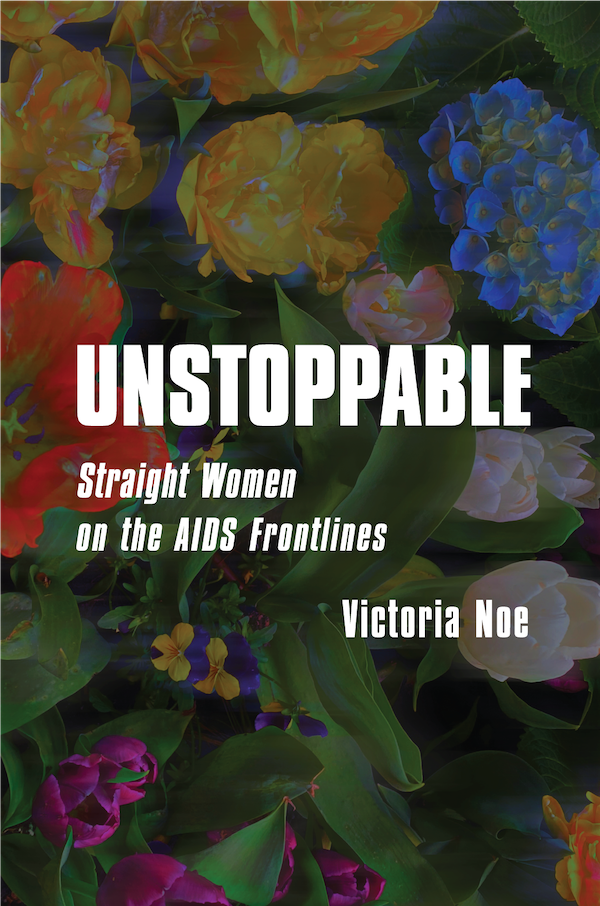Spreading the News Online
Mar 14, 2011 by Victoria Noe, in Caring Bridge
, Friend Grief
, grief support
, online grief support
I have a friend who’s dying. His partner set up a closed Facebook group to keep a group of friends and family up to date.
What resulted in the past two weeks is an outpouring of love for both of them. One friend flew to Chicago from Seattle, another from Dallas. Others visited, called, posted on the Facebook group page.
Visitors can be tiring, especially for someone close to death. But to be there when he had a burst of energy on Saturday was a true gift.
Had it not been for Facebook, it would’ve been much less likely that we would’ve all been informed. The ease of sending messages and setting up groups or pages means that the caregiver can notify dozens or hundreds of people in the time it takes to notify one.
The Yahoo group my high school classmates started after one of the class died on 9/11 is still growing strong almost 10 years later. Its original purpose – to inform the class about memorial services and discuss ideas for a class gift in her memory – morphed into something very special. It’s now the main conduit for keeping in touch, spreading news about births, deaths, jobs, etc.
There is a lot to criticize about online social media sites and their propensity for sucking up hours of your life in the pursuit of mindless trivia. But for caregivers, family and friends, it can be a cost-effective, time-efficient way to share important information about a loved one who is dying, or has died.
Depending on the people involved, Yahoo, Twitter, Facebook, Caring Bridge, email or blogs may be the most appropriate way to contact people. In fact, being in charge of notifying people is a great assignment for a close friend who wants to do something meaningful.
So often we ask “what can I do?” and the person we’re asking is too overwhelmed to think of anything. If you have a friend who’s dying, offer to help them by setting up and maintaining an online group of family and friends.


